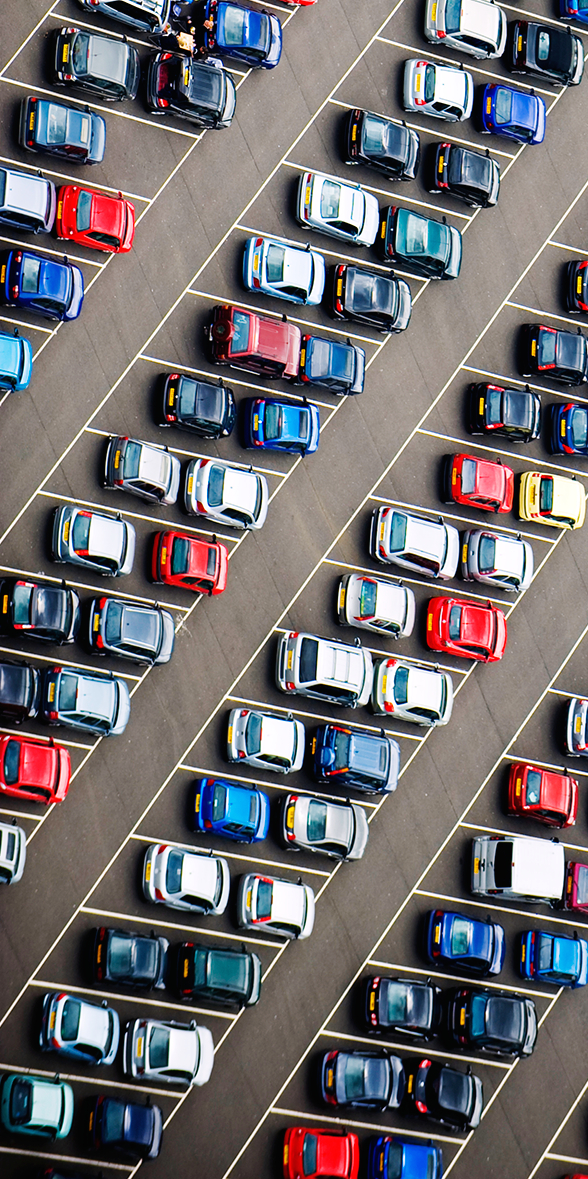
Rory Sutherland, in his book Know This, suggests that developed countries might have reached a point of “peak stuff.” He points to government data from the United Kingdom that reveals a per capita reduction in material use from 12 tons to 9 tons between the year 2000 and 2013. The fact is patterns of consumption are shifting from physical goods to intangible goods.
Music and movies are a great example of this trend. Most of us no longer buy physical DVDs or CDs but download our music and videos to the cloud or our electronic devises. Another example is the growing popularity of reliable, cost effective and convenient car riding/sharing services. How many hours a day does your car sit idle in a 200 square foot piece of real estate? The value proposition is changing, especially in urban areas, reducing the need for everyone to possess their own car. It is interesting to note that 50 percent of 18 year olds in the United States do not have a driver’s license. This trend could be accelerated by the development of driverless cars. In a recent article entitled “This Is How Big Oil Will Die,” Seth Miller breaks down the forces that he believes will transform our transportation system within the next decade.
He points out that technological advancements in battery life, phone apps and driverless technology will flip the value proposition of the combustion engine and car ownershipHe convincingly argues these technologies will reduce the cost of driving to pennies per mile while eliminating unwanted emissions.
These developments also hold the promise of improving traffic congestion, not to mention recapturing the hours people spend tethered to the steering wheel. A fundamental transformation of our transportation system would have enormous impact on how we design buildings and plan our cities.
Playing off the famous quote “form follows function,” some designers cynically say, “Form follows parking.” It is true that in most communities the number of parking spaces you can fit on a given parcel of land determines the size and configuration of the building you can place on that property. To maximize the use of a property one lays the parking out in the most efficient manner and places the building in the space left over. Think about how much toil and treasure we have spent on purchasing, parking, maintaining and moving automobiles with combustion engines. If Seth’s vision comes to fruition what will we do with all our vast parking lots and parking structures? Will we need garages attached to our homes? Will we need 10-lane roads? Will it bring us closer together in dense communities or spread us further apart? It is exciting to imagine what we could do if we redirect the resources currently being used on this stuff to improving our experiences and quality of life.
